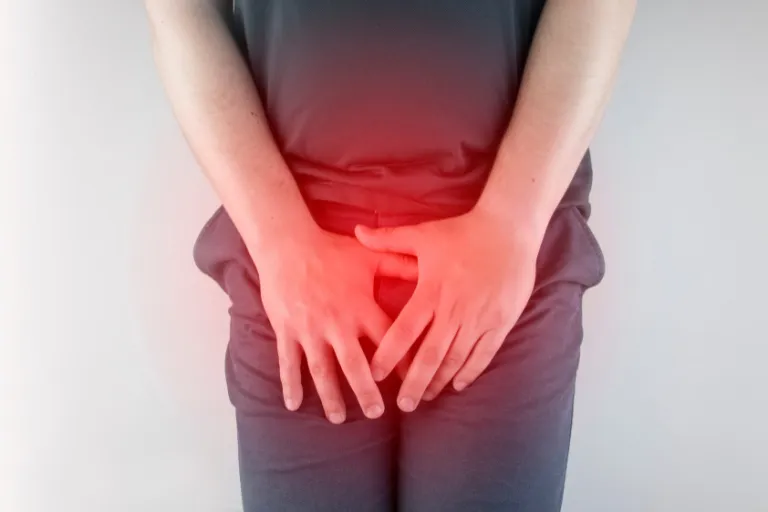Understanding the Vagus Nerve’s Role in Managing Inflammation in the Prostate
Prostate inflammation, often known medically as prostatitis, can affect men of all ages. It brings discomfort, frequent urination, pelvic pressure, and sometimes lower back pain. While antibiotics and lifestyle changes are often discussed, there’s growing scientific interest in how the vagus nerve might help regulate inflammation more effectively.
The vagus nerve, the body’s longest cranial nerve, connects the brainstem to vital organs — including the bladder, colon, and prostate. It plays a central role in what health professionals call the “inflammatory reflex,” a biological mechanism that helps the body manage inflammatory signals. Understanding this connection opens new, natural pathways to ease prostate symptoms.
Subscribe for Free for more insightful health articles tailored to your needs.
How Neurological Support Helps with Prostate Inflammation
When inflammation occurs, the immune system releases cytokines — tiny proteins that signal distress. The vagus nerve can detect this inflammatory chatter and send calming signals back to the immune system. This response helps reduce the intensity of the inflammation and supports tissue recovery.
Here’s where targeted neurological support becomes practical: stimulating the vagus nerve through non-invasive, wearable devices or lifestyle techniques may help users manage ongoing inflammation without relying solely on medication. Recent studies highlight that neuromodulation of the vagus nerve can regulate immune function, ease pelvic discomfort, and support healthy bladder function.
This is especially helpful for men dealing with chronic symptoms of prostate irritation or recurring urinary issues.
Simple Ways to Activate the Vagus Nerve for Prostate Support
You don’t need complex procedures to support your vagus nerve. These are science-backed methods that are safe, accessible, and often cost-free:
1. Deep Diaphragmatic Breathing
Slow breathing from the diaphragm has been shown to stimulate the vagus nerve. Try inhaling through your nose for four seconds, holding for four, and exhaling for six. Repeat for 10 minutes daily. This method can calm the nervous system and reduce inflammatory signals.
2. Cold Exposure
Splashing cold water on your face or ending your shower with cold water (20–30 seconds) can activate the vagus nerve. It may help regulate stress responses that contribute to inflammation in the pelvic area.
3. Humming and Chanting
The vagus nerve passes through the vocal cords. Low, sustained vocal sounds like humming, chanting “OM,” or singing softly may stimulate vagal activity. This may help improve pelvic circulation and reduce discomfort.
4. Mindful Movement
Gentle yoga or tai chi, especially when paired with breathing techniques, has been linked to reduced inflammation and improved bladder control in studies focusing on pelvic health.
5. Wearable Vagal Neuromodulation Systems
A CE-marked non-invasive wearable device may offer structured vagal stimulation. Studies to date report 0 serious adverse events, and users report improvements in pelvic pressure, frequent urination, and quality of sleep.
Subscribe for Free for more insightful health articles tailored to your needs.
Why Traditional Therapies Sometimes Fall Short
Antibiotics may help with bacterial prostatitis, but in many chronic cases, there’s no clear infection — only lingering inflammation. This is where traditional therapies struggle. They often do not address the neurological triggers behind persistent pelvic pain and urinary issues.
Targeted vagus nerve support does not replace prescribed solutions. However, it can complement existing therapies, especially in cases where symptoms remain unresolved or keep recurring.
What the Research Tells Us
Studies show that vagal neuromodulation may reduce cytokine production, limit overactive immune responses, and improve blood flow to the pelvic organs. Some research also suggests improvements in urinary urgency and pelvic discomfort within a few weeks of consistent stimulation.
These results are early but promising. They suggest that the vagus nerve isn’t just a background actor — it could be a key player in restoring balance in prostate-related symptoms.
Take Charge — Next Steps for Men Facing Prostate Inflammation
- Track your symptoms – Note when they worsen (e.g., after stress, cold exposure, lack of sleep).
- Try one or two vagus-supportive techniques daily – Start small and stay consistent.
- Discuss vagus nerve support with a health professional – Especially if your symptoms don’t respond well to conventional methods.
- Stay informed – Look for credible studies and resources. The field of neuro-immunology is evolving fast.
Ready to Explore a Smarter Approach?
If you’re tired of managing prostate symptoms with little relief, consider how supporting your nervous system may calm the inflammation at its root. Begin with simple techniques today, and speak with a trusted health professional about whether vagal support may help you feel like yourself again.
Conclusion
The vagus nerve offers more than just a communication link between the brain and body — it may provide a path to relief for men dealing with chronic prostate inflammation. By taking a neurological approach, you’re not ignoring the problem — you’re working with the body’s natural ability to heal.
This blog post aims to be informational and should not replace professional medical advice. Always consult with a healthcare provider for personalized advice.
Subscribe for Free for more insightful health articles tailored to your needs.


